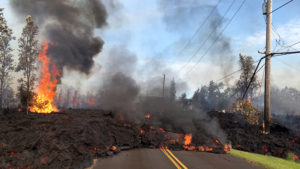I received an Instagram message overnight from a dear friend in Germany who wanted to know if the city of my birth was the hellhole described by Donald Trump as he ordered the National Guard to hit the streets of the Rose City to curb the crime wave that he says is enveloping the city.
Of course, my friend knew the answer. It isn’t the place that Trump describes. He sent along images of children playing in downtown fountains, of people gathered under the Morrison Bridge for the Saturday Market. It showed food vendors peddling corn dogs and assorted treats.
But yet … Trump wants to declare that Portland has become overwhelmed by gangs, by drug dealers, rapists, murderers, child sex traffickers and various other evil elements he vows to exterminate.
Here’s a brief thumbnail sketch of the city where I came into this world 75 years ago. It’s home to about 650,000 people; it’s the center of a metro area comprising 2.5 million residents. It has a vibrant downtown district. It’s home to a major league soccer team and a National Basketball Association franchise. Every June, it salutes the roses that come into bloom with the annual Rose Festival and the Grand Floral Parade usually draws a crowd of about a million spectators. It’s a beautiful city, with Mount Hood towering on the eastern horizon and what’s left of Mount St. Helens looming to the north.
Yes, it has criminals. So does every city on Earth. It has a homeless problem.
But I’ll be damned if Donald Trump should get away with describing the city where I came of age as some sort of cesspool. Oregon Gov. Tina Kotek has pushed back against Trump deploying the National Guard. She said he has no authority to do so without the permission of the governor. She won’t give him permission.
This guy described by someone recently as an overfed man-baby is off his ever-lovin’ rocker.

